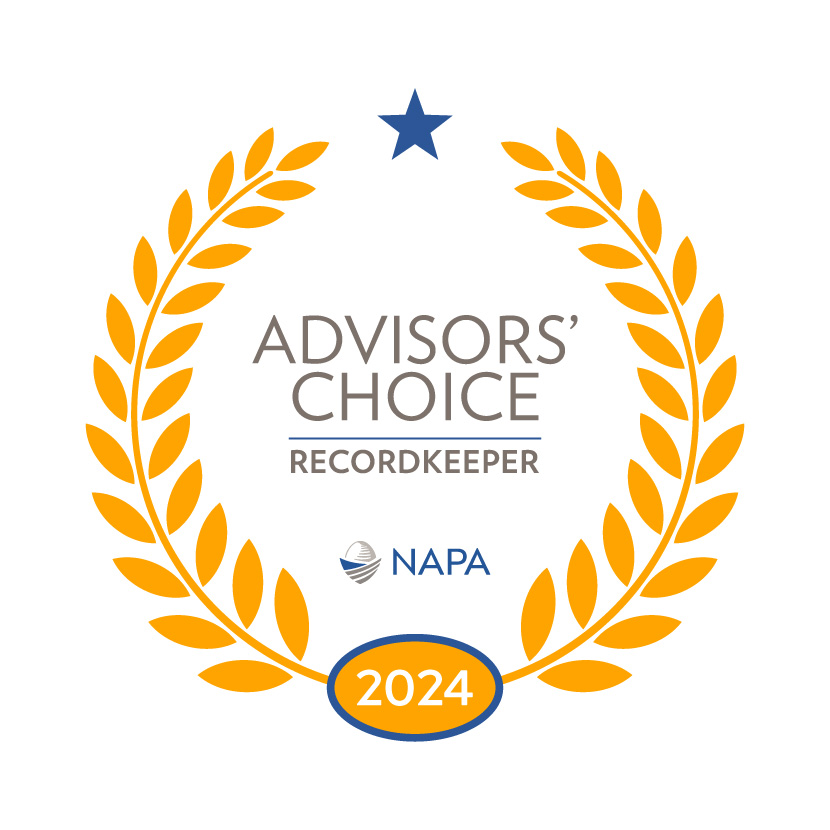What is your retirement language?

As a financial professional, you’re well versed in the lingo and jargon of the industry. Terms like “fiduciary” or “pension risk transfer” may roll off your tongue with ease. You’ve also gained a full understanding of the importance of taking action ahead of retirement to ensure comfortable living. Those you advise or guide through defined contribution plans, however, may not be nearly as versed as you.
In order to best consult those who count on your expertise toward a fulfilling retirement, you may need to tweak your communication and framing strategies. Here’s what you can focus on to help investors get ready for retirement.
Clear language for a clear message
The problems throughout history that were created by a disconnect between what was said and what was meant are incalculable. You can probably think of a time or two in your own life where what was said didn’t truly communicate what was meant, creating conflict. That’s exactly what you want to avoid when talking about retirement with plan sponsors.
Do you present different retirement plan options as tiers? In many areas of commerce, when something is presented to a consumer in “tier” form, it often means differences in cost — with the higher tier being the most expensive and most robust in quality. Is that what your plans are? If not, you may want to consider presenting them in a way that better matches their features.
Likewise, words can have different connotations depending on the context. Take the word “quality,” for example. What does “quality” alone mean? Maybe something good, but do you know that for sure? Now add different words in front of it to get “poor quality” and “high quality.” That’s a lot clearer, isn’t it? In the financial world, you see the word “risk” a lot. That word alone can cause anxiety or uncertainty. Putting “low” or “high” in front of it makes a world of difference. If one of your plans is low risk, say it is low risk.
Illustrate distinctions between Target Date and Target Risk funds
Target Date funds, which adapt to a person’s life stages, and Target Risk funds, which adapt to a person’s desired levels of risk, have been seeing equal interest from plan participants. But they’ll need to comprehend which one really is the best fit for themselves, so clear definitions and distinctions are paramount.
Explain that neither one is inherently better than the other; it all depends on the person’s preferences. Clarify with employees and clients that a Target Date fund adjusts the amount of risk and growth as someone nears retirement to home in on stability, while a Target Risk fund often focuses more on goals rather than time, adjusting the strategy from aggressive to conservative and everywhere in between.
Explaining this properly could even manifest in how you visually present each plan. Picture two graphs, one with a downward slope, one with an upward slope. But each graph is actually saying the same thing — it’s just presented differently. The visual cue of a downward slope brings feelings of failure, so if you want to point toward the future, present a visual that feels positive instead.
Start the retirement conversation now
It’s never too early to begin talking about securing retirement income. The earlier someone jumps on their finances to kickstart a path to a successful retirement, the better. You likely have clients and plan participants who are close to retirement, and they may be more eager and open to discuss what’s next. But what about the younger generations who are on deck for retirement after them?
Develop educational resources participants and potential participants can easily access. Get them thinking about the future early. Talk to them about their options for possibly staying within that plan once they do retire, if possible. Let them clearly see the options and possible pathways so they can keep their nest egg in good condition before they need it.
One of the most important topics of discussion is what to do once that account stops making money and transitions toward spending and providing them income in their golden years. What would the taxes potentially look like? At what age can they begin to withdraw funds? People may not outwardly communicate it, but chances are they want to know their options.
Proper communication is key
It all boils down to choices made when communicating plans and their attributes to clients and plan participants. Choosing the right words, adding clarity everywhere you can, providing the right tone of voice and graphics, being transparent and communicating often are all key to help clients and plan participants get ready for retirement.



